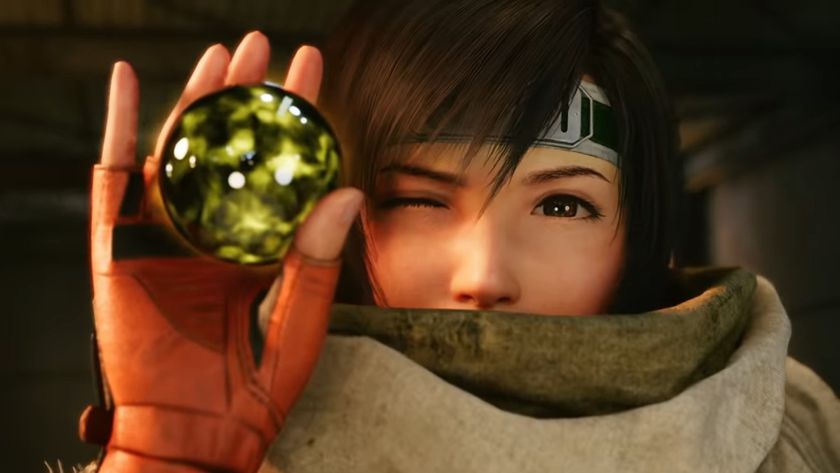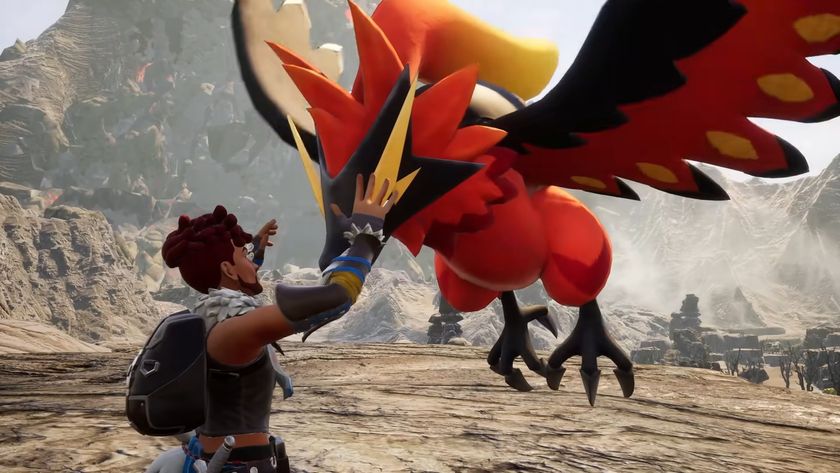Why you can trust 12DOVE
Anyone walking into Paul Thomas Anderson’s latest expecting a thinly veiled biopic of Scientology founder L. Ron Hubbard as played by Philip Seymour Hoffman – a sweeping, savage character study in the vein of, say, Daniel Plainview – won’t take long to realise their error.
A sliver of Joaquin Phoenix’s face monopolises the film’s first frames, his dark, darting eyes taking centre-stage.
His traumatised drifter Freddy is the latest in a long line of broken, brutish Anderson men, scrabbling desperately to find connections, purpose, belonging.
And if Freddy’s story were boiled down to a single word, then the word wouldn’t be Scientology, or cults, or leaders. The word would be nostalgia.
Phoenix’s performance is remarkable not least in its physicality; with his half-twisted expressions and shuffling gait he looks like a man who has been chewed vigorously and spat back out, with all the parts still functionally working but slightly off-kilter.
Freddy’s not an easy character to love; emerging from war with unnamed scars, he’s fixated on sex but essentially infantile, prone to violent rages and subsisting on home-brewed hooch that’s wince-inducing even to look at.
After a series of jobs go sour, taking potential relationships (first with a pretty department store employee, later with a farmer who reminds him of his dad) down with them, Freddy drunkenly wanders onto a brightly lit cruise ship from a darkened dock, where he finds his purpose in charismatic cult leader Lancaster Dodd (Philip Seymour Hoffman), who’s eager to lead him down the proper path.
Anderson took many of his cues from John Huston’s 1945 government documentary Let There Be Light , which explored trauma and depression in soldiers after combat.
There’s a scene taken wholesale from Light between Freddy and an army doctor, in which he explains that a recent ‘crying spell’ was brought on by a letter from Doris, a girl he left behind before the war: “I believe in your profession, it’s called nostalgia.”
Dodd’s methods centre on the idea of past life regression – recalling memories from before birth – as a beneficial and healing process.
“You seem so familiar to me,” he tells Freddy during their first meeting, seducing him with the promise of a forgotten past, while their gripping initial session of ‘processing’ delves headfirst into Freddy’s longing for his pre-war life.
For a man sick with longing for a past he can’t get back, The Cause is irresistible.
It’s less clear what Dodd sees in Freddy; their makeshift father-son dynamic is closely aligned with one Anderson developed in Boogie Nights , but we all know exactly what Jack Horner saw in Dirk Diggler.
The development of their codependent, intensely intimate connection is endlessly fascinating to watch, and expertly written in how much it reveals about both men as the plot unravels.
We see Freddy as savagely devoted, defending Dodd from his detractors like a barely-domesticated guard dog; and while Dodd scolds him, he shows himself to be no less animalistic than his protégé when provoked.
Anderson’s absolute mastery of his camera, which lives and breathes alongside his characters, should be no surprise, but he’s working without his long-time DoP Roger Elswit for the first time here.
Far from the visuals suffering, new cinematographer Mihai Malaimare Jr. creates what might be the director’s most mesmerisingly beautiful canvas yet, while Jonny Greenwood’s staccato score injects unease into even the stillest of shots.
Hoffman doesn’t make the mistake of giving a big performance. Instead, he’s composed and jovial and self-possessed, and some of the film’s most startling moments come when his potential for vicious explosion spills over the placid surface.
This is the most compelling performance of Phoenix’s career to date by some margin. It’s easy to get distracted by the physical trappings of what he’s doing – the stiff gait, the wrenched-up mouth and subtly sickly pallor – but he creates an exactingly specific arc for a character who could feel aimless.
It’s true, as some US naysayers have pointed out, that the plot isn’t driven by events, and it’s even true on one level to say that not much happens.
But Freddy’s progression from drifter to disciple to disillusionment, his love for Dodd, his blind rages and curiously inert sexual compulsion, his gradual realisation that the past is a foreign country, are played with vigorous commitment by Phoenix in a performance that will not be forgotten quickly.
The Master is far from flawless.
As is often the case with Anderson, the third act widens to become scattershot with one or two strands left under-explored.
Freddy’s disillusionment with Dodd comes a shade too abruptly, as though something were lost in the edit, while we get only intriguing glimpses of the possibility that Amy Adams’ Peggy, far from being the meekly supportive wife, is really the Machiavellian driving force behind Dodd.
But The Master is a breathtaking, singular, technically audacious film, white-hot with emotion, and boasting a few scenes so individually powerful that they’ll stay with you like a physical presence for days.
And Phoenix? As ill-advised as that Casey Affleck mockumentary might have been, it turns out that he is, in fact, very much still here.
With potent performers and poetic visuals, Anderson has made the boldest American picture of the year. Its strangeness can be hard to process, but this is a shattering study of the impossibility of recovering the past.
Emma Didbin is a writer and journalist who has contributed to 12DOVE, The New York Times, Elle, Esquire, The Hollywood Reporter, Vulture, and more. Emma can currently be found in Los Angeles where she is pursuing a career in TV writing. Emma has also penned two novels, and somehow finds the time to write scripts for Parcast – the Spotify-owned network that creates thrilling true crime and mystery podcasts.

Metaphor: ReFantazio wanted to fix the JRPG grinding problem, but Atlus went too far at one point and accidentally broke the whole combat system

Final Fantasy 7 Remake and Rebirth battle director says combining everything he learned on Monster Hunter: World with Square Enix's technology and unique skills created a "chemical reaction"

"Minutes after Palworld released," Pocketpair was already getting game pitches from "some really big names" before it even set up its own publisher: "No one has money at the moment"












